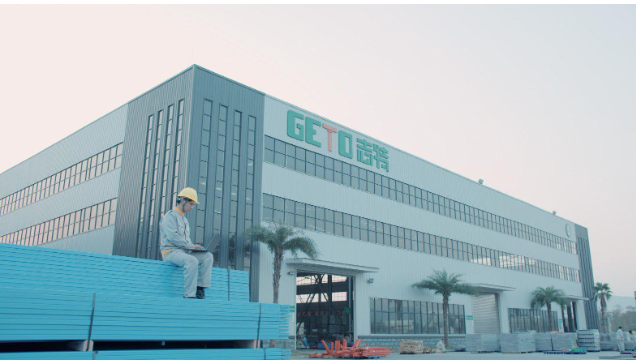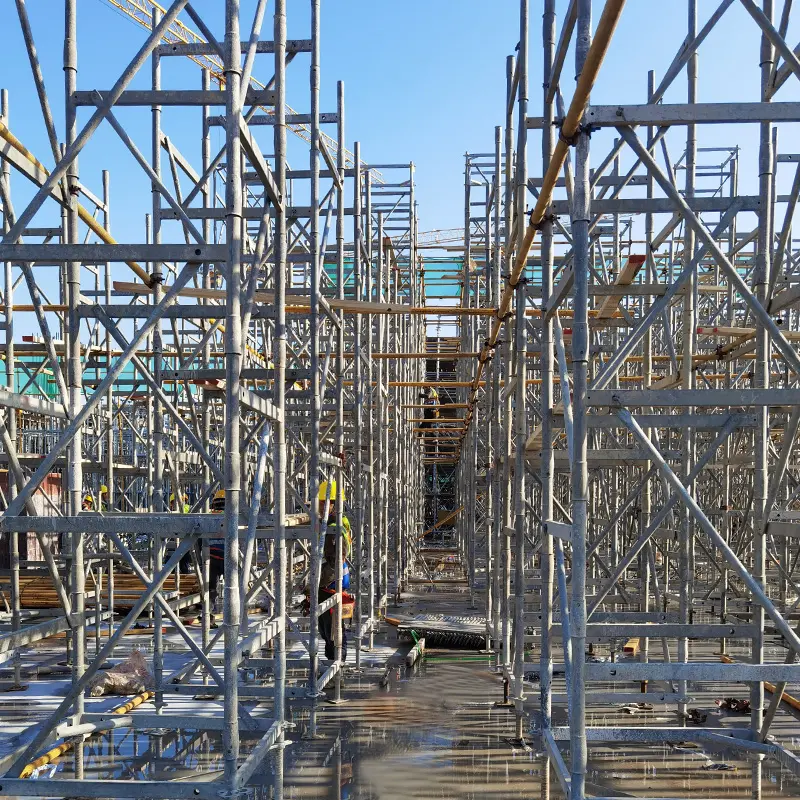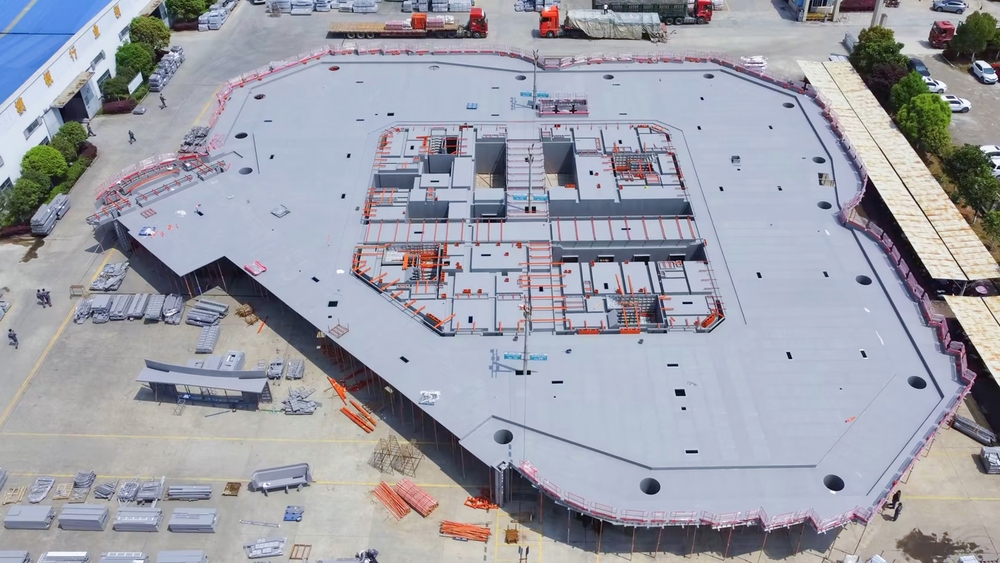In the era of industrialized construction, prefabricated bathrooms are rapidly becoming a staple of large-scale residential, commercial, and public infrastructure projects. With the rise of modular construction and increasing demands for faster, higher-quality, and more cost-efficient building solutions, the integration of high-performance building materials, especially wall and floor finishes like ceramic tiles, is essential.
Among these materials, tiles used in prefabricated bathrooms must meet stringent technical, aesthetic, and functional requirements. This article explores how to select and install high-durability tiles in prefabricated bathroom modules, drawing on industry standards, practical engineering guidelines, and GETO’s product innovations.
Technical Demands of Prefabricated Bathroom Tiles
Prefabricated bathroom modules differ from traditional construction in that all finishes, including tiles, are installed off-site in a factory-controlled environment. This off-site process requires tiles that meet the following specific performance characteristics:
Mechanical Stress Resistance
Bathroom pods are manufactured, stored, transported, lifted, and installed as fully finished units. The tiles must endure:
- Vibrations during lifting and transport
- Impact loads during handling
- Compressive and shear stress from module stacking
Water Resistance & Dimensional Stability
Given the permanent exposure to moisture, steam, and cleaning chemicals, tiles must:
- Have extremely low water absorption (≤ 0.5%)
- Maintain dimensional stability and adhesion under humidity
- Support robust waterproofing systems
Anti-slip & Surface Hygiene
Safety and hygiene are critical:
- Anti-slip surface textures or coatings (especially for floors)
- Easy-to-clean and antimicrobial finishes
- Resistance to mold, mildew, and discoloration
Industrial Installation Compatibility
Prefabricated tiles should be:
- Suitable for precise machine cutting and edge alignment
- Compatible with modular design grids and bathroom layouts
- Durable enough to withstand early-stage curing, stacking, and packaging
Reference Standard:
Most reputable prefabricated projects follow ISO 10545, EN 14411, and GB/T4100 standards to evaluate ceramic and porcelain tile durability, water absorption, chemical resistance, and dimensional accuracy.
Selecting the Right Tile Type for Modular Bathrooms
The choice of tile depends on its performance in various criteria: water absorption, mechanical strength, slip resistance, aesthetic flexibility, and production efficiency.
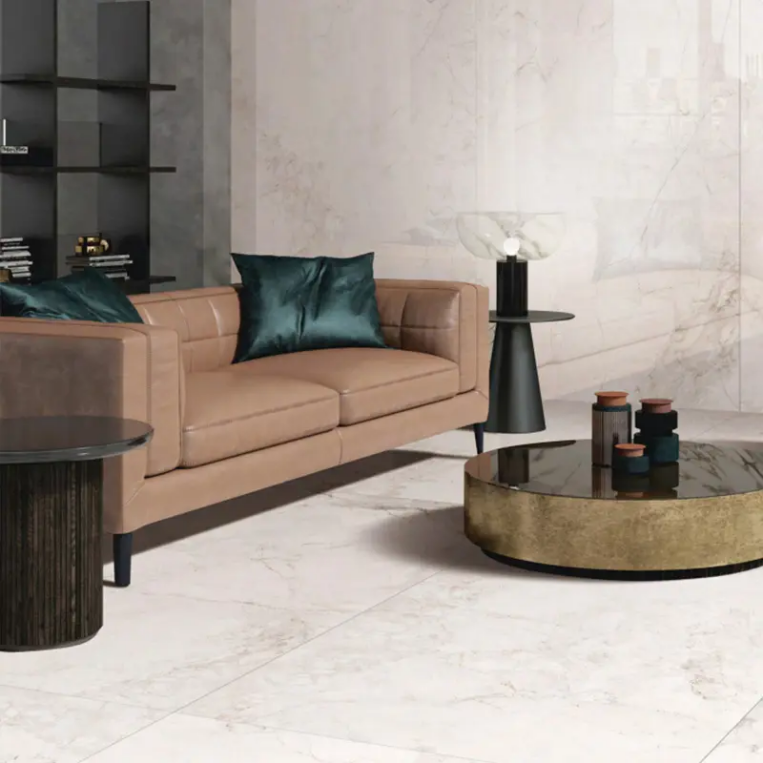
✅ Comparison of Common Tile Types
|
Tile Type |
Water Absorption |
Mohs Hardness |
Anti-slip Rating |
Recommended Use |
|
Porcelain Tile |
≤ 0.5% |
7–8 |
R10–R12 |
Floors & walls |
|
Ceramic Tile |
3–10% |
5–6 |
R9–R10 |
Walls |
|
Full-body Tile |
≤ 0.1% |
7–8 |
R11–R12 |
Heavy use areas |
|
Microcrystalline |
≤ 0.5% |
6–7 |
R9 |
Walls, dry areas |
|
Anti-slip Tile |
≤ 0.5% |
6–7 |
R12–R13 |
Bathroom floors |
Key Insights:
- Porcelain tiles are preferred in prefabrication due to their low water absorption, high density, and superior mechanical strength.
- Anti-slip tiles with textured glazes or micro-rough surfaces are ideal for wet zone flooring.
- Microcrystalline tiles offer luxurious aesthetics but are best used in low-impact vertical applications.
✅ Surface Treatment Options
- Matte glaze: Better anti-slip and easier to maintain.
- Polished surface: More elegant but may reduce slip resistance.
- Nano-coating: Improves resistance to stains and mold.
- Antibacterial glaze: Ideal for hospital and public projects.
Installation Techniques in Prefabricated Environments
Unlike traditional tiling on-site, prefabricated bathrooms use controlled, repeatable workflows that require precision and process integration. Below are key considerations:
✅ Factory Pre-Tiling Process
a) Surface Preparation:
- Factory-made wall panels (cementitious boards or concrete) are cleaned and leveled.
- Waterproof membranes are applied before tiling—often liquid-applied or sheet membranes.
b) Adhesive Application:
- Flexible, high-performance tile adhesives
- Full back buttering of tile to prevent voids or air pockets
c) Grouting:
- Epoxy-based or polymer-modified grout with high chemical resistance and flexibility
- Narrow joints (≤3mm) for better aesthetics and cleaning
d) Movement Joints:
- Expansion joints must be placed strategically to prevent cracking under structural movement or thermal expansion.
✅ Integration with Module Assembly
- Tiles are installed alongside sanitary ware mounting, electrical routing, and MEP interfaces.
- Module design must allow easy replacement of a tile or panel without dismantling the unit.
Transport and Site Handling: Ensuring Tile Integrity
Once pre-tiled, the entire module is:
- Wrapped with shock-resistant packaging
- Lifted using engineered rigging systems
- Subjected to pre-shipment testing, including water tightness and surface impact testing
To ensure tile performance:
- The adhesive and grout must be fully cured before lifting.
- Tile edges must be protected with corner guards during transport.
- Inspections should be carried out at key milestones: pre-packing, pre-loading, post-unloading.
GETO Tile Solutions for Modular Bathrooms
GETO high-performance ceramic and porcelain tile products are tailored specifically for use in prefabricated bathroom systems. They are designed to balance aesthetic flexibility with industrial-grade strength and durability.

✅ Key Product Features
- Water Absorption Rate ≤ 0.3%
- Mohs Hardness ≥ 7
- Anti-slip rating up to R12
- High flatness precision (≤ ±0.5mm) for seamless factory tiling
- Compatible with mechanical cutting and robotic installation
✅ Available Options
- Surface: Matte, anti-slip, antibacterial
- Sizes: 300×600mm, 600×600mm, 800×800mm
- Patterns: Solid color, marble look, wood grain
- Applications: Floor tiles, wall tiles, skirting, and decorative panels
✅ Case Study: GETO Tiles in Prefab Apartment Projects
In a recent government-subsidized residential development in Southeast Asia:
- Over 1,200 bathroom pods used GETO tiles;
- Project required fast-paced delivery (400 modules/month);
- Tile installation time was reduced by 40% due to modular cutting and alignment;
- Post-elivery inspection revealed zero tile failure after crane-lifting and stacking.
FAQs About Tiles in Prefabricated Bathrooms
Q1: Can pre-installed tiles withstand transport vibrations?
A1: Yes, if properly bonded with C2TES2-grade adhesives and cured, porcelain tiles with ≥10mm thickness show negligible breakage in field tests.
Q2: Are slip-resistant tiles mandatory for bathroom modules?
A2: For floor surfaces, R10 or higher is typically required, especially in hospitality, healthcare, or public-use modules.
Q3: What’s the best grout for prefab bathroom tiles?
A3: Epoxy or high-performance cementitious grout with anti-microbial properties ensures joint durability and hygiene.
Q4: How are tiles integrated with waterproofing layers?
A4: Waterproofing is applied before tiling. Some systems use dual-layer membranes (sheet + brush-on) for redundancy.
Q5: Can I request custom tile patterns or finishes for prefab bathrooms?
A5: GETO provides custom tile design services, including specific textures, colors, and finish types suitable for large-scale prefab production.
Conclusion: Elevating Prefabrication Through Better Tile Engineering
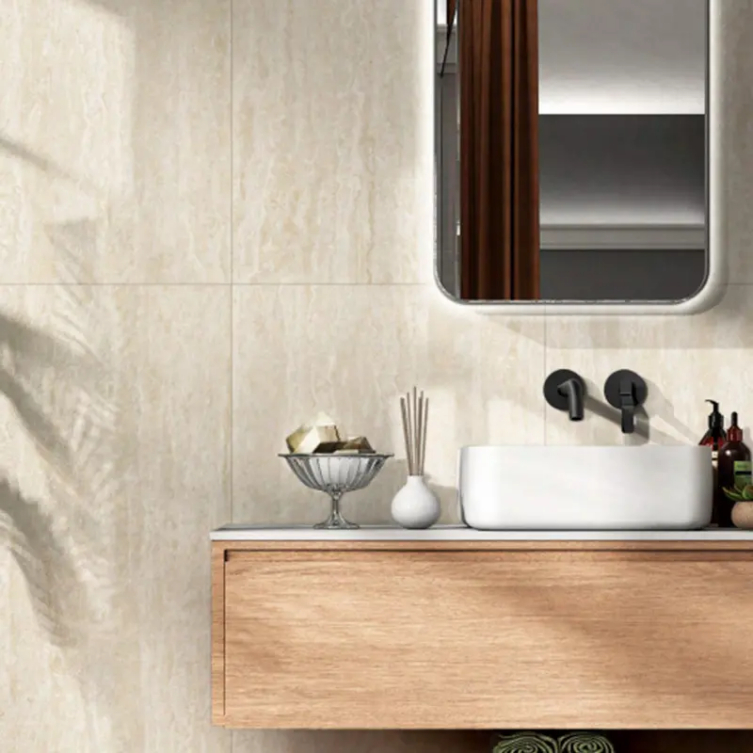
In prefabricated bathroom systems, tiles are not just decorative elements—they are integral to the performance, safety, and longevity of the entire module. Selecting the right type of tile, applying the correct installation technique, and ensuring compatibility with modular construction workflows are essential for project success.
GETO tile solutions offer the strength, precision, and adaptability that today’s modular builders need. Whether it’s for residential, hospitality, healthcare, or commercial applications, these tiles are engineered to deliver lasting performance under factory production and real-world use conditions.


